Home » Direct Thermal vs Thermal Transfer Printing: What is the Difference?
Direct Thermal vs Thermal Transfer Printing: What is the Difference?

Direct Thermal Printing
Direct thermal printing uses heat-sensitive media that darkens as it passes under a printhead. Because it does not require ink, toner, or ribbons, the process is both simple and low-maintenance.
Advantages:
Produces sharp, scannable barcodes and text.
Easy to operate with no consumables.
Offers sustainable options and low upkeep.
In addition, it requires no setup time.
Disadvantages:
However, labels are sensitive to light, abrasion, and heat.
They are not ideal for long-term use, often fading in 6–12 months.
As a result, protective coatings are sometimes needed.
Applications:
Direct thermal is best for short- to medium-term labels. For example, it is often used for shipping labels, visitor passes, meat carton tags, and receipts. On the other hand, it is not recommended for product barcodes that must endure a complex supply chain.
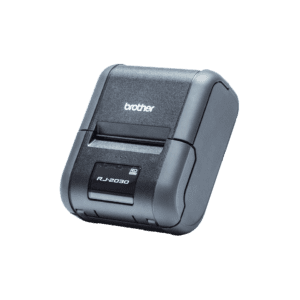
Direct Thermal Mobile Printer
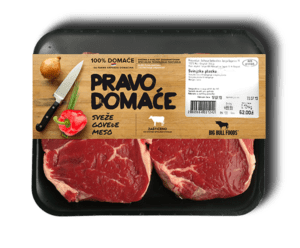
Direct Thermal Printed Label
Thermal Transfer Printing
Thermal transfer printing uses a ribbon heated by the printhead, transferring ink directly into the label substrate. This process delivers long-lasting and durable labels that resist environmental stress.
Advantages:
Crisp, high-definition prints, long shelf life, supports 1D/2D barcodes, withstands moisture, UV, chemicals, and sterilization.
Disadvantages:
Higher cost, requires ribbons and setup, less sustainable, potential ribbon wrinkles.
Applications:
Product identification, inventory management, certification labels, circuit boards, laboratory specimens, cold storage, outdoor labeling, and industrial hazard identification.
Thermal transfer is ideal for long-term or critical labeling, where durability and resistance are essential.
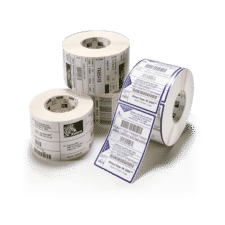
Thermal Transfer Labels
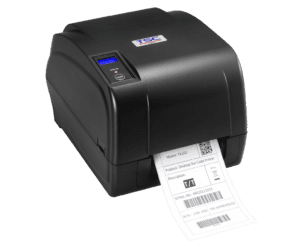
Thermal Transfer Label Printer
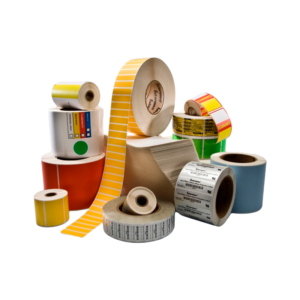
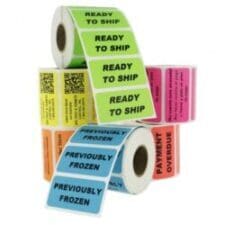
Choosing the Right Labeling Method
Use direct thermal for simplicity, cost efficiency, and short-life labels.
Use thermal transfer for durability, compliance, and high-performance labeling in demanding environments.
Label Solutions with Brown Packaging
From direct thermal shipping labels to long-lasting thermal transfer identification, Brown Packaging provides tailored labeling solutions for industrial, retail, and ecommerce operations. Contact us to find the right label system for your supply chain.
References
Soroka, W. (2009). Fundamentals of Packaging Technology (4th ed.). Institute of Packaging Professionals.
GS1. (2023). Barcode Standards and Printing Guidelines. Retrieved from https://www.gs1.org
FSC. (2023). Responsible Labeling in Packaging. Forest Stewardship Council.
Meta description:
As tariff changes reshape global trade, packaging buyers moving production from China to the U.S. or nearshore regions face a new challenge: supplier qualification. Transitioning
With new tariff proposals and continued trade uncertainty, 2026 is shaping up to be another pivotal year for packaging sourcing strategy. Many companies that shifted
Following multiple rounds of tariff changes and trade policy adjustments, 2026 marks a turning point for U.S. packaging buyers. Many who previously transitioned from China
Shifting packaging production from China to the U.S. can help stabilize costs, reduce tariff exposure, and shorten lead times. But the transition process requires careful
RSC boxes are known for their efficiency and versatility, but their performance ultimately comes down to strength. Buyers often see numbers like ECT, BCT, and
In packaging, foam isn’t just about initial protection — it’s about maintaining performance over the entire shipping or storage cycle. Compression set and recovery characteristics
Home » Direct Thermal vs Thermal Transfer Printing: What is the Difference?

In today’s world of e-commerce, businesses are constantly searching for ways to differentiate themselves from their competitors. One often overlooked aspect of the customer experience
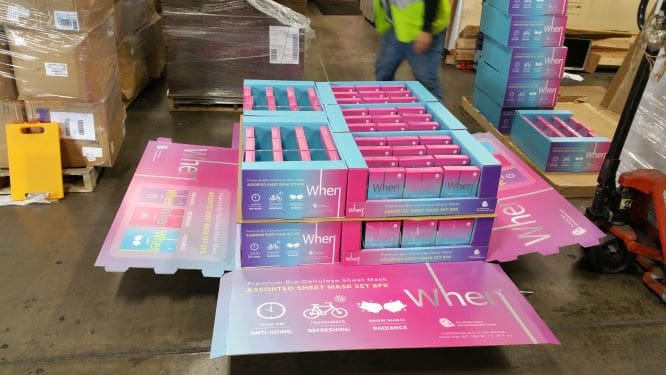
In the dynamic world of retail, success is determined not only by the quality of products but also by the efficiency of their presentation and
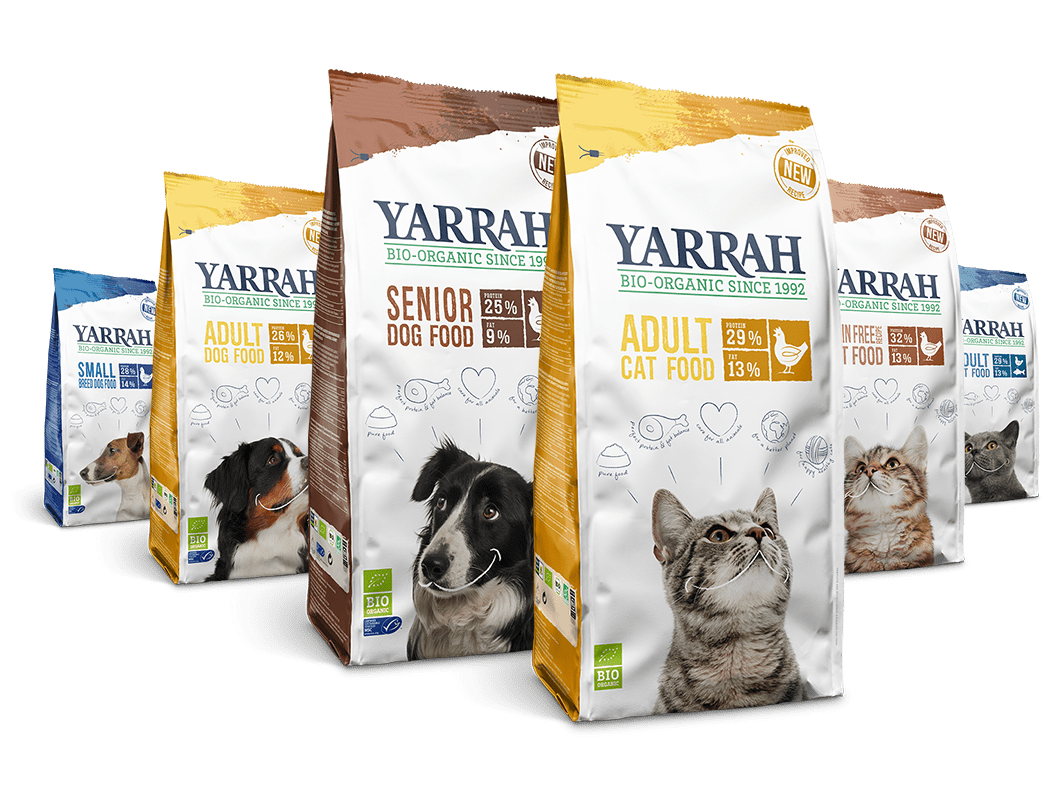
Custom packaging is the process of creating unique and personalized packaging materials tailored to the specific requirements of a product, brand, or business. In today’s


